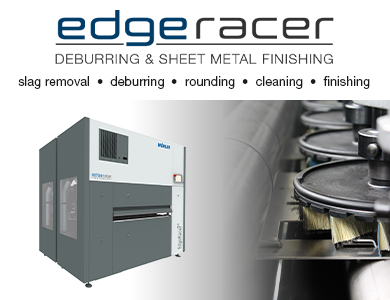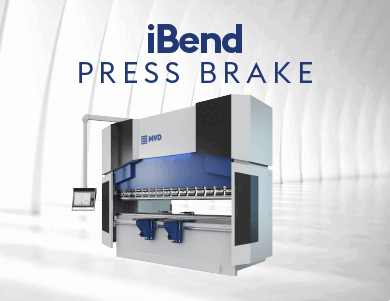Smart sentinels
By Alberto Martínez, Chief Digital Officer (CDO) and Head of Competence Centre Software Service, Bystronic Group.
How do manufacturers protect themselves from cyberattacks? The cybersecurity issue has become even more pressing as the industry addresses digitalisation, connected systems and the smart factory.
Potential problems do not result from the networking of systems or from the cloud. Quite the opposite is true, and they both have enormous potential for the development of a truly digital factory.
It is 8am on just another Tuesday morning. A member of a sheet metal processing job shop’s sales team turns on his computer. As he drinks his first cup of coffee, he checks his emails, opens what looks like a quotation request from a customer and clicks on the attachment. The ransomware immediately kicks in and, in just a few minutes, all the files on the company’s server have been encrypted and can no longer be accessed. In the very best of cases, this results in several hours of downtime.
Many companies are extremely hesitant when it comes to introducing the industrial internet of things (IIoT) or cloud systems because they believe that this will open the door to cybercriminals. However, they do not realize that they are already facing this danger daily. A simple email with an attachment or a link can result in the encryption of all the information on a server. You are at risk even if you have not implemented an entire ecosystem connecting customers and suppliers. It is therefore essential to be aware of the threats and be ready to quickly respond in the event of an attack.
Cybersecurity is currently on everyone’s lips. There have been many widely publicised cases recently of large companies falling victim to cyberattacks that compromised their operations in one way or another. In some of these cases, it was revealed that the companies’ security policies had not kept up with the past decade’s rapid changes relating to the use of digital technologies and tools, and that they apparently acted in the belief that a cyberattack could only ever affect others. The sheet metal processing sector is no exception to this reality.
In most cases, concern over the security of systems becomes more pressing when a company decides to increase its level of digitalisation, for example by transferring tools to the cloud. This is when many companies start thinking: What are the dangers of connecting our systems and machines? What about networking with external systems? And what are the risks of using cloud-based systems?
In this article, we outline answers to these questions. To read this article in ISMR’s March issue, see https://joom.ag/1MXd/p48





























Recent comments